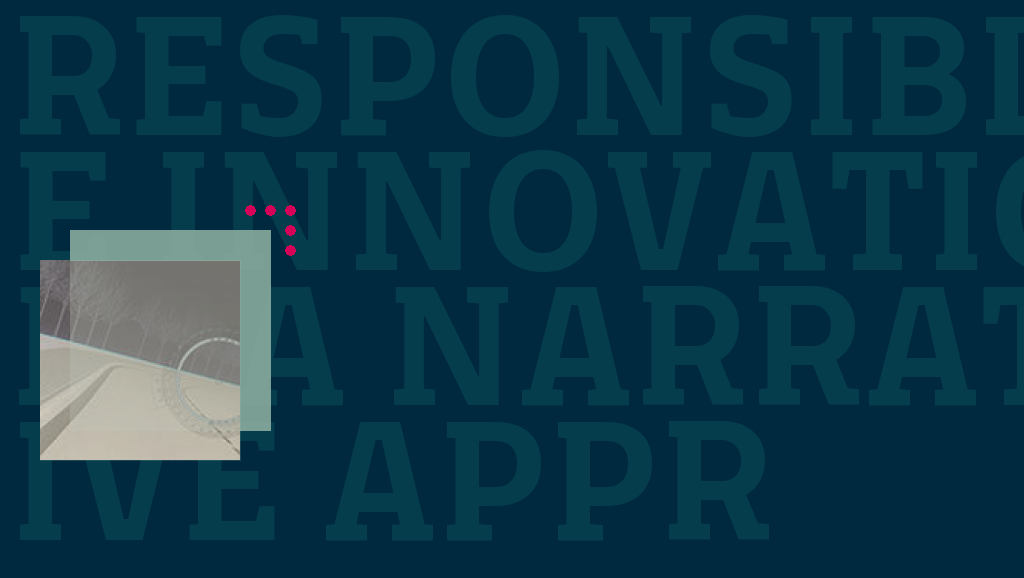In order to celebrate the release of his book Responsible Innovation, A Narrative Approach (you can find it here), Foreign Correspondent Jonathan Hankins is running a ten-part series on the technologybloggers website in which he offers an outline of each chapter alongside posts offering further analysis of topics addressed.
The series started in June with an overview of Responsible innovation, with a weekly posting that will run through the summer.
Part 1 offers an overview of Responsible Innovation, discussing the major definitions in use and describing the elements that are common to the various frameworks in general use within the field.
Part 2 delivers an example of how theatre approaches have been adopted in the teaching of ethics, with a breakdown of some of the works of Prof. Richard G. Epstein, a pioneer in the field.
Part 3 presents an overview of academic publication from the first major collection to the latest, including the numerous volumes of the Journal of Responsible Innovation.
Part 4 describes the European Union and commission approach to responsible innovation, including its derivative Responsible Research and innovation (RRI) before outlining various issues that should be addressed as taken from EU publications.
Part 5 is dedicated to the work of the bassetti Foundation, from its conception, through its development of the concept of Poiesis-intensive Innovation and on to its influence within the field today.
Part 6 ties the Bassetti Foundation post to the previous, describing two EU funded projects that the Foundation has been involved in. SMART-Map defined and implemented concrete roadmaps for the responsible development of technologies and services in precision medicine, synthetic biology and 3D printing in biomedicine. ROSIE aimed to improve skills among entrepreneurs and innovation actors to promote responsible innovation in companies based in Central European countries where a lack knowledge, skills and policy frameworks to encourage responsible innovation may slow its developments.
Part 7 is dedicated to exploring the Foundation’s concept of Poiesis-intensive Innovation and its relationship to Responsible Innovation.
Parts 8 and 9 bring the case-study approach that the book develops to the fore, with an introduction to the book chapter on furniture restoration (in part 8) and that dedicated to the science laboratory (part 9). The issue of working practices steered by seemingly abstract but shared understandings within the workplace ties these two case studies together, with beauty and responsibility compared and contrasted.
The final part offers a wrap-up of the series.
The language used in the blog posts differs from that usually used to write about Responsible Innovation, as the target audience is different, making for easy reading. An interesting project in itself.
—————-
















